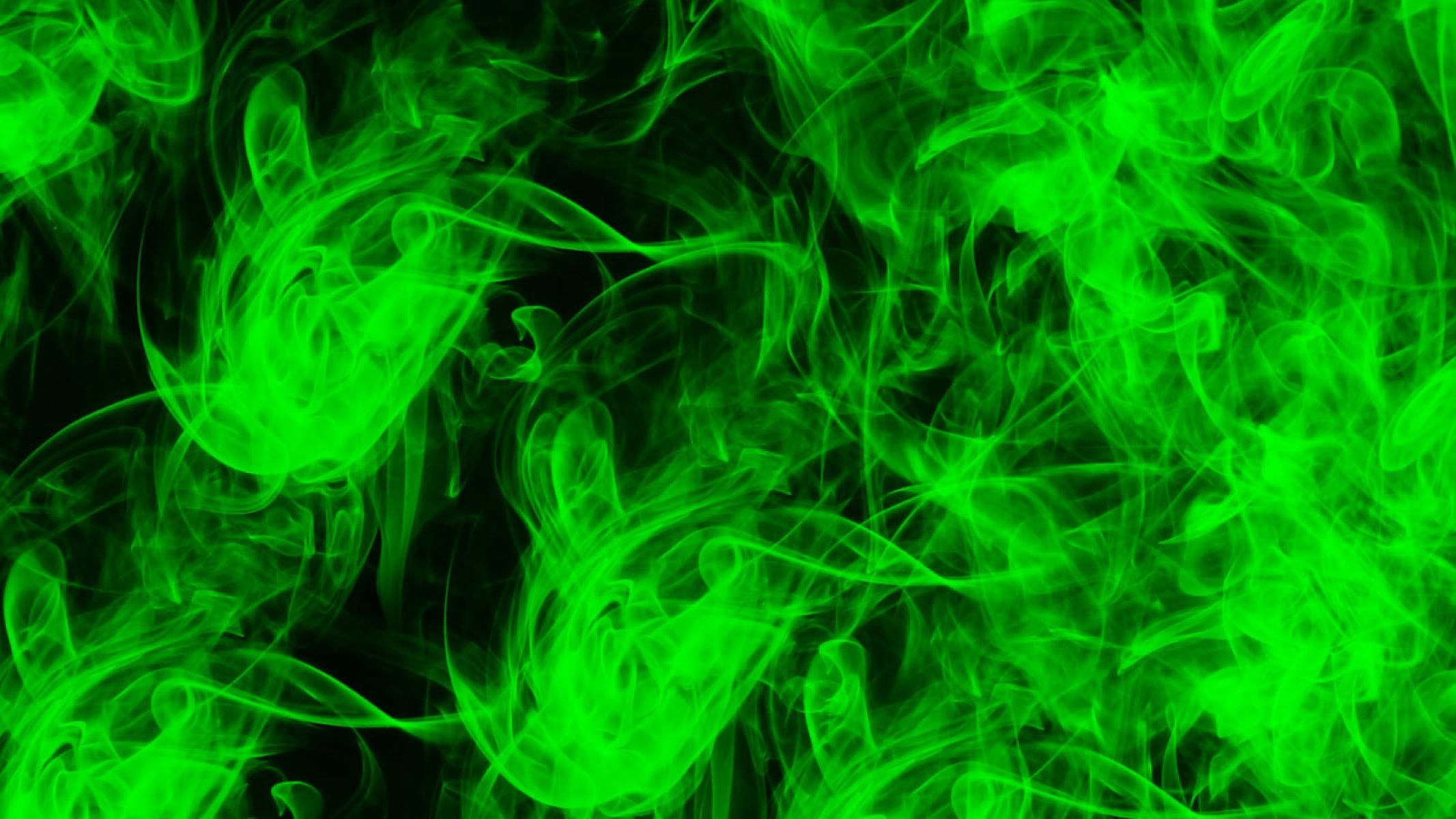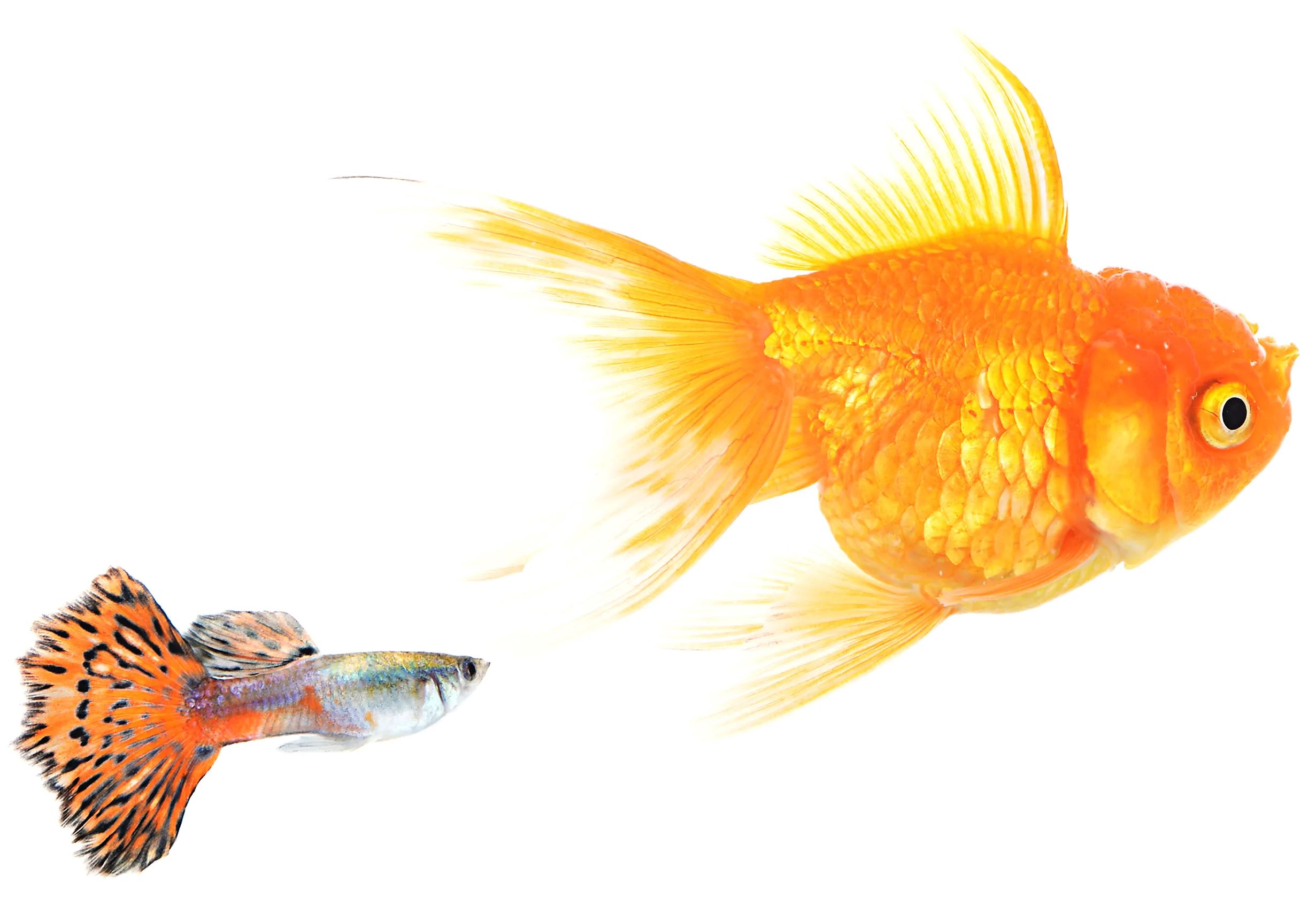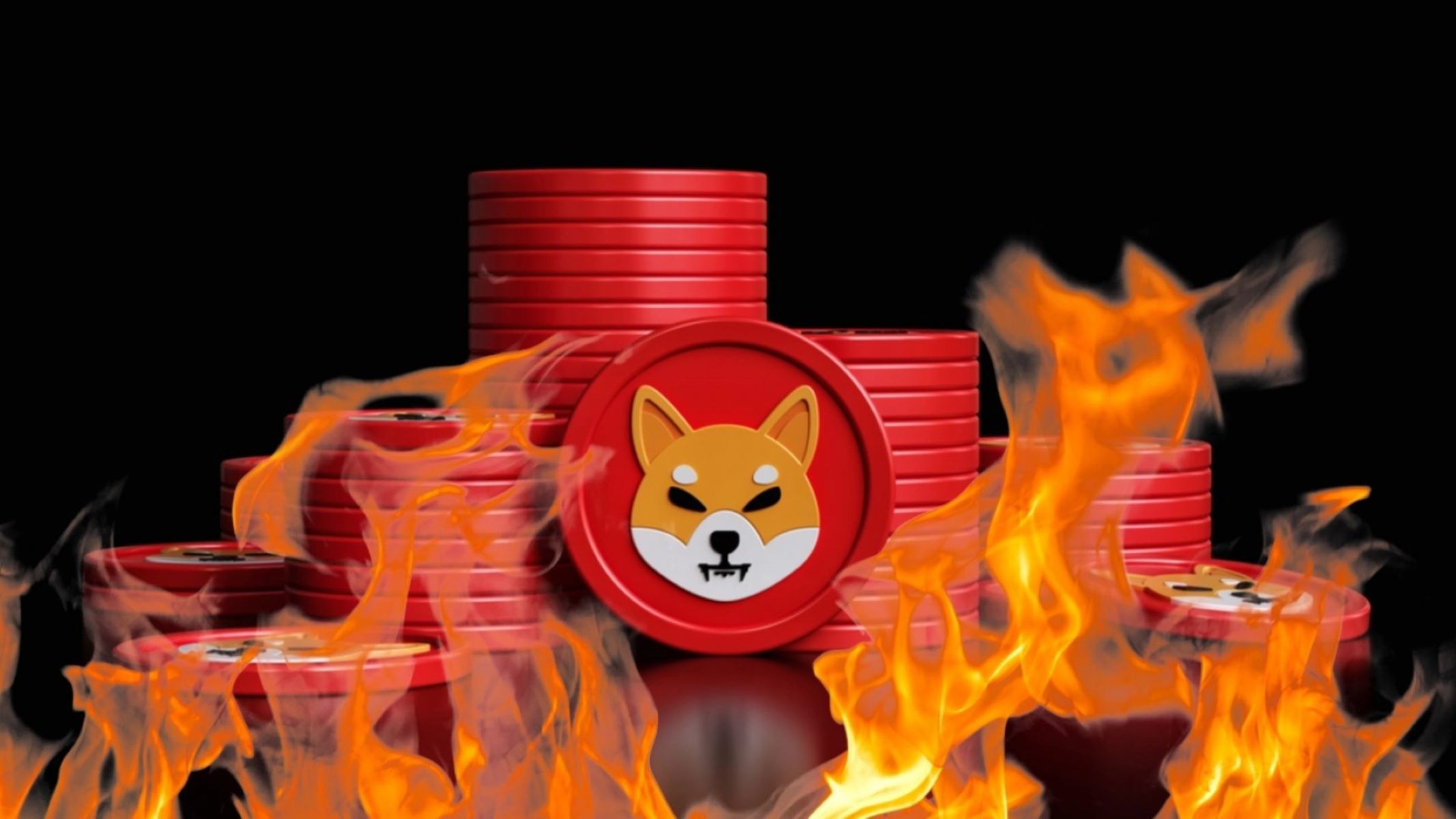

Science
The Surprising Reason Fire Can Burn Green
Published: January 13, 2024
Discover the intriguing science behind the surprising green flames produced by fire. Uncover the fascinating reason for this unusual phenomenon. Explore the science of fire like never before!
(Many of the links in this article redirect to a specific reviewed product. Your purchase of these products through affiliate links helps to generate commission for Regretless.com, at no extra cost. Learn more)
Table of Contents
Introduction
Fire has been a source of fascination for humans since the dawn of time. Its mesmerizing dance of light and heat has captivated our imagination and played a crucial role in the development of human civilization. From providing warmth and protection to enabling the forging of metals, fire has been an indispensable part of our lives.
In this article, we will delve into the intriguing world of fire, exploring its science, the mesmerizing colors it can produce, and the surprising reason behind the phenomenon of green flames. While most of us are familiar with the classic red, orange, and yellow hues of fire, the sight of green flames can be truly astonishing. We will unravel the chemistry behind this phenomenon and shed light on the applications of green fire in various fields.
Join us on this illuminating journey as we uncover the secrets of fire and discover the unexpected reasons behind the enigmatic green flames.
The Science of Fire
Fire is a complex and dynamic chemical reaction that involves the rapid oxidation of a combustible material in the presence of heat and oxygen. This process, known as combustion, releases energy in the form of heat and light. Understanding the science behind fire is crucial for comprehending its behavior, properties, and the mesmerizing colors it can exhibit.
At its core, fire relies on the fundamental principles of the fire triangle, which consists of three essential components: fuel, heat, and oxygen. Without any one of these elements, the fire cannot be sustained. The fuel serves as the source of combustible material, which can range from wood and paper to gases and metals. Heat provides the activation energy required to initiate the combustion process, while oxygen acts as the oxidizing agent, enabling the rapid chemical reaction to occur.
The combustion process involves a series of chemical reactions, primarily the rapid oxidation of the fuel. When the fuel is heated to its ignition temperature, it undergoes pyrolysis, breaking down into volatile gases that can further react with oxygen to produce flames. This exothermic reaction releases energy in the form of heat and light, which sustains the fire and allows it to propagate.
The behavior of fire is influenced by various factors, including the type of fuel, the availability of oxygen, and the surrounding environment. Different fuels can produce distinct flame characteristics, such as color, intensity, and temperature. Furthermore, the presence of external factors, such as wind and humidity, can significantly impact the behavior of a fire, making it a highly dynamic and complex phenomenon.
By unraveling the science of fire, scientists and researchers have been able to develop effective fire safety measures, advanced firefighting techniques, and innovative applications in various industries. Moreover, gaining insights into the underlying principles of combustion has paved the way for advancements in energy production, environmental sustainability, and materials science.
Understanding the intricate science behind fire not only deepens our appreciation for this natural phenomenon but also equips us with the knowledge to harness its power safely and responsibly. As we continue to explore the captivating world of fire, we will uncover the surprising reasons behind the mesmerizing green flames that have intrigued scientists and enthusiasts alike.
The Color of Fire
The mesmerizing colors exhibited by fire have captivated human imagination for centuries. While the classic image of fire often features shades of red, orange, and yellow, the diverse spectrum of colors that flames can display is a testament to the complex chemistry and physics underlying combustion.
The color of a flame is primarily determined by the chemical composition of the burning material and the temperature of the fire. When a substance combusts, the energy released during the chemical reaction excites the atoms and molecules in the flame, causing them to emit light. This phenomenon, known as incandescence, is responsible for the vibrant hues that define different types of fires.
In general, flames emit a broad range of colors, with each hue corresponding to a specific temperature range. For instance, the intense heat of a roaring bonfire may produce predominantly yellow and orange flames, indicating temperatures of around 1,100°C to 1,400°C. As the temperature increases, the flames may transition to a bluish hue, signifying even higher temperatures exceeding 1,400°C.
The presence of certain chemical elements can also influence the color of a flame. For example, the addition of compounds containing copper can impart a distinctive blue or green tint to the flames. Similarly, lithium compounds can produce a striking crimson color, while barium salts may result in vibrant green flames.
Furthermore, the availability of oxygen can impact the color of a fire. Incomplete combustion, which occurs when there is insufficient oxygen, can lead to the formation of soot and the production of darker, smokier flames. On the other hand, a well-ventilated and oxygen-rich environment can promote cleaner, brighter flames with more pronounced colors.
The captivating array of colors displayed by fires not only serves as a visual spectacle but also provides valuable insights into the underlying chemical processes. By studying the colors of flames, scientists and researchers can analyze the composition and temperature of a fire, enabling them to make informed assessments and develop effective strategies for fire management and safety.
As we unravel the captivating world of fire, the remarkable phenomenon of green flames emerges as a captivating subject of exploration. The chemistry behind the enigmatic green flames unveils a fascinating realm of scientific inquiry and practical applications that continue to intrigue and inspire enthusiasts and experts alike.
The Chemistry Behind Green Flames
The mesmerizing sight of green flames dancing and flickering has intrigued scientists and enthusiasts alike, sparking curiosity about the underlying chemical processes that give rise to this captivating phenomenon. The vibrant green color exhibited by these flames is a result of specific chemical compounds that undergo combustion, releasing energy in the form of light.
One of the key contributors to the manifestation of green flames is the presence of copper compounds within the burning material. When copper-based compounds are introduced into a fire, the intense heat of the combustion process excites the copper atoms, causing them to emit light in the green portion of the visible spectrum. This emission of green light is a characteristic feature of copper, and it is responsible for the striking green flames observed in certain pyrotechnic displays and chemical reactions.
Copper chloride, for instance, is a well-known compound that can produce vivid green flames when subjected to combustion. When copper chloride is introduced into a fire, the thermal energy triggers the dissociation of the compound, liberating copper ions. These energized copper ions then release photons of green light as they transition to lower energy states, resulting in the distinctive green coloration of the flames.
In addition to copper compounds, other chemical elements and compounds can also yield green flames under specific conditions. For example, the combustion of boron can produce green flames, while certain barium salts, such as barium chloride, can impart a green tint to fires. The unique spectral properties of these elements and compounds enable them to emit light in the green wavelength range when subjected to the intense temperatures of a fire.
The chemistry behind green flames extends beyond mere visual spectacle, offering valuable insights into the behavior and composition of fires. By understanding the specific chemical processes that generate green flames, scientists and researchers can analyze the presence of certain elements and compounds in a fire, providing crucial information for fire safety and environmental monitoring.
Moreover, the controlled manipulation of green flames through the use of specific chemical additives has found practical applications in pyrotechnics, theatrical productions, and educational demonstrations. The ability to produce vibrant green flames at will has facilitated the development of visually stunning displays and engaging educational experiences, showcasing the captivating intersection of chemistry and visual artistry.
As we unravel the chemistry behind green flames, the intricate interplay of chemical elements, thermal energy, and light emission unveils a fascinating realm of scientific inquiry and creative expression. The enigmatic allure of green flames continues to inspire exploration and innovation, underscoring the profound impact of chemistry on the captivating spectacle of fire.
The Applications of Green Fire
The mesmerizing phenomenon of green fire, with its captivating and vibrant display, extends beyond its visual allure and finds diverse applications across various fields. The unique spectral properties of green flames, generated through the controlled combustion of specific chemical compounds, have sparked creative and practical uses that encompass entertainment, education, and scientific exploration.
In the realm of pyrotechnics and special effects, green fire serves as a compelling visual element, adding an enchanting and otherworldly dimension to theatrical productions, concerts, and outdoor events. The controlled incorporation of copper-based compounds, such as copper chloride, into pyrotechnic compositions enables the production of vivid green flames that captivate audiences and elevate the overall visual impact of performances. The dynamic interplay of light and color, facilitated by green fire, contributes to the creation of immersive and memorable experiences, enhancing the artistic expression and emotional resonance of diverse artistic endeavors.
Moreover, green fire has found its place in educational demonstrations and scientific outreach initiatives, serving as a captivating tool for engaging students and enthusiasts in the exploration of chemistry and the physics of combustion. Through carefully orchestrated experiments and interactive displays, educators and science communicators leverage the striking visual appeal of green flames to elucidate fundamental concepts of chemical reactions, energy transfer, and the behavior of matter under extreme conditions. The evocative presence of green fire in educational settings fosters a sense of wonder and curiosity, inspiring a deeper appreciation for the intricate interplay of science and visual phenomena.
Furthermore, the controlled manipulation of green flames has practical implications in environmental monitoring and fire safety. By incorporating specific chemical additives that yield green flames, researchers and safety professionals can develop innovative methods for visualizing and analyzing the behavior of fires, enabling enhanced assessments of combustion processes and the presence of specific chemical elements. This capability holds potential for advancing fire detection and suppression technologies, as well as facilitating the identification of hazardous materials and pollutants in diverse environmental settings.
The applications of green fire underscore its multifaceted significance, transcending its aesthetic appeal to encompass artistic expression, educational engagement, and practical utility. As the allure of green flames continues to inspire creativity and innovation, its diverse applications serve as a testament to the profound intersection of chemistry, visual artistry, and scientific inquiry.
Conclusion
The captivating world of fire, with its mesmerizing colors and enigmatic green flames, reflects the intricate interplay of chemistry, physics, and visual artistry. From the fundamental principles of combustion to the captivating applications of green fire, the journey through the science of fire has unveiled a realm of captivating discovery and practical significance.
As we explored the science of fire, we gained insights into the complex chemical reactions and physical processes that underpin this natural phenomenon. The dynamic interplay of fuel, heat, and oxygen, encapsulated by the fire triangle, serves as the cornerstone of our understanding of combustion. The diverse colors exhibited by flames, from the classic red and orange to the striking green, provide a visual testament to the complex interplay of temperature, chemical composition, and energy transfer inherent in fires.
The chemistry behind green flames, particularly the role of copper compounds and other chemical elements, has illuminated the captivating spectacle of green fire. The emission of vibrant green light during combustion not only showcases the unique spectral properties of specific compounds but also offers valuable insights into fire behavior and composition. The practical applications of green fire in pyrotechnics, education, and environmental monitoring underscore its multifaceted significance, transcending its visual allure to encompass artistic expression, educational engagement, and practical utility.
As we conclude this exploration, the captivating allure of green flames serves as a testament to the profound impact of chemistry and visual artistry on the captivating spectacle of fire. The mesmerizing dance of green flames continues to inspire creativity and innovation, fostering a deeper appreciation for the intricate interplay of science, visual phenomena, and human ingenuity.
In the grand tapestry of scientific inquiry and creative expression, the enigmatic green flames stand as a vivid reminder of the boundless wonders that await our exploration. From the flickering flames of a controlled experiment to the vibrant displays of artistic pyrotechnics, the allure of green fire continues to captivate our imagination, inviting us to delve deeper into the captivating world of fire and its mesmerizing colors.














